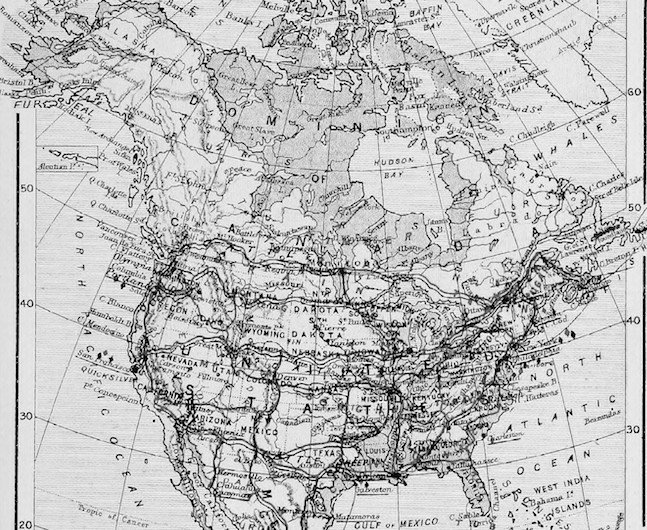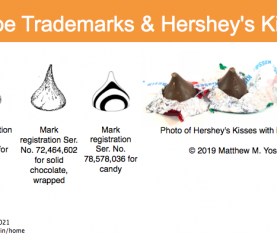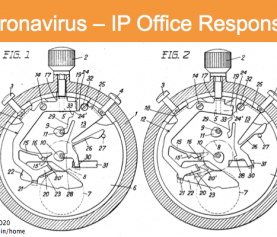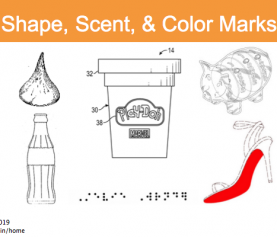Trademark on a geographical location
You can register a trademark on a geographical location. And there can be good reasons for choosing a place name as part of your trademark: it may suggest a quality associated with that place, or suggest an emotion or activity you want associated with your trademark. But before you apply to register a trademark using a place name, there are a few factors you should consider.
A trademark on a geographical location shouldn’t be descriptive
If your trademark uses the geographical name primarily to describe the origin of the goods you’re selling, or of the service you’re offering, it is not protectable with a Federal trademark registration. That would be a weak mark to defend without a registration. Descriptive geographic terms will generally remain public, so that any business operating in or near the area of that geographic term can use that place name without infringing a trademark. But this applies to place names as they are known by and understood by Americans (or a more specific group of consumers if the products or services are more narrowly marketed). Accordingly, the Court of Appeals for the Federal Circuit decided In re the Newbridge Cutlery Co. (PDF at USPTO site) in Jan. 2015, holding that although the place name used in the trademark registration (“Newbridge Home”) did identify the source of the goods (cutlery from Newbridge, Ireland), because Americans generally didn’t know of that place, the trademark was not geographically descriptive.
It may be possible to develop secondary meaning – so that the public associated the goods or services with you as the source, and not with the geographic locations – for such a trademark, at which point it becomes more protectable. But that requires a significant investment in marketing and branding, so that the public generally associates your trademark and your goods or services with that geographic name.
A trademark on a geographical location shouldn’t be misdescriptive
If using a place name in your trademark would mislead people as to the origin or location of your goods or services, you won’t be allowed to register it. Your registration will be barred because the USPTO won’t allow you to mislead or try to mislead people with a registered name.
How should you use a trademark on a geographical location?
Make your use of the place name arbitrary or suggestive
If your use of a place name in your proposed mark is arbitrary with regard to the place named, such as Patagonia clothing and equipment, it could be registered. Likewise, if your use is suggestive of the feeling or ethos of a region, such as California Pizza Kitchen, the mark could be registered. Take a look at my blog post on trademark categories for more discussion of arbitrary, suggestive, and descriptive trademarks.
Use a place name that doesn’t refer to specific locations
It is possible to use a mark or phrase that suggests a place or region, without using an actual place name, such as Banana Republic (for a wide range of goods), or Southern Comfort (for whiskey). Such phrases can be protected with a registration if the use of the mark is distinctive with regard to the use (or if they gain secondary meaning).
Choose a little-known place name
Following the law from Newbridge Home, choose a geographical location or place name that is not well known to Americans. It will take more time and marketing effort to associate the place name with your goods or services, in the mind of the public, but that will make for a stronger and more defensible trademark.
Do you have questions? Take a look at other information on my blog, such as this post on the benefits of registering your trademark. I’d be glad to hear from you in the comments. Call me at 617-340-9295 or email me at my Contact Me page. Or, find me on Facebook, Twitter, Google+, LinkedIn, Google Local, or Avvo.






